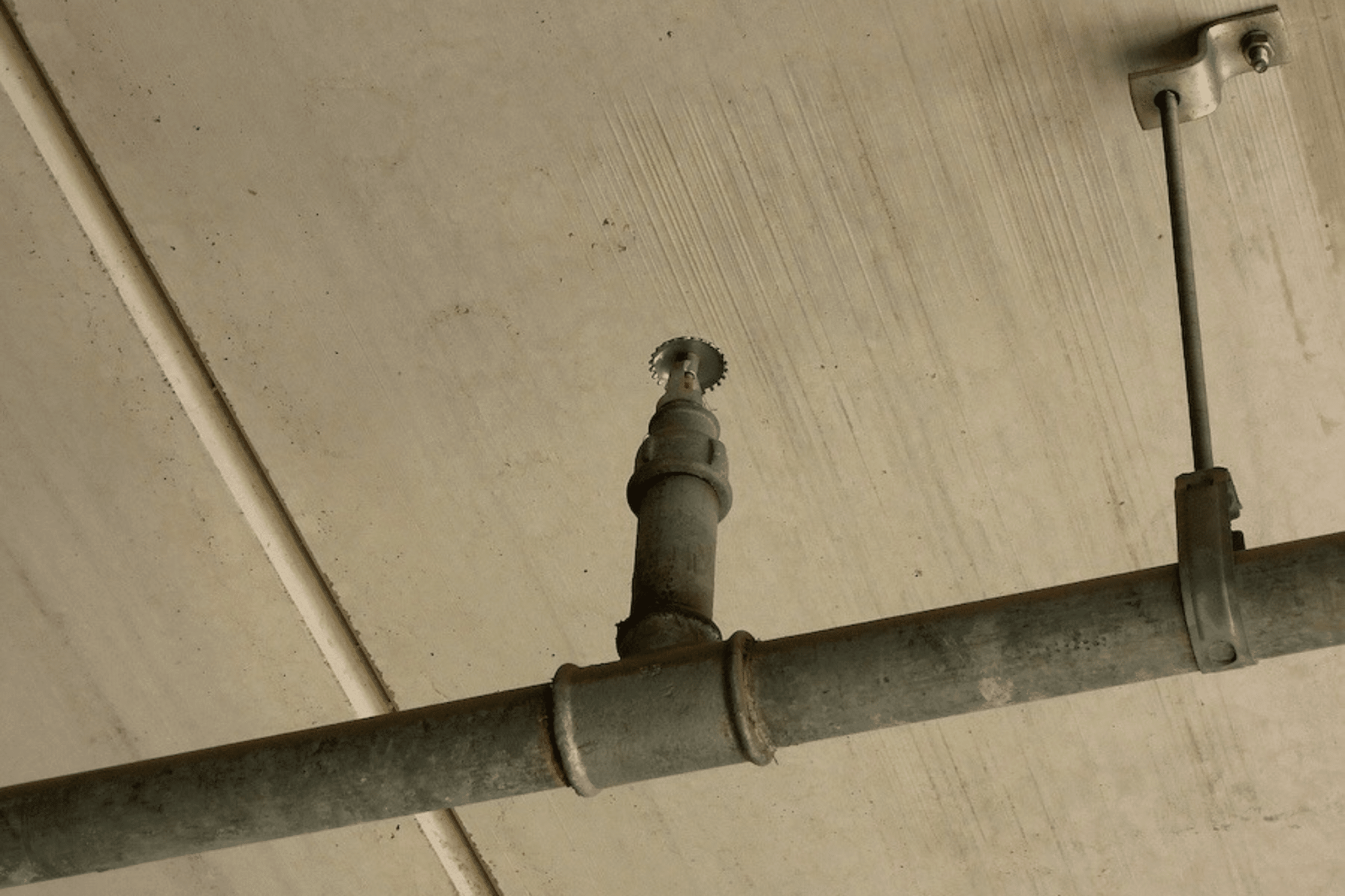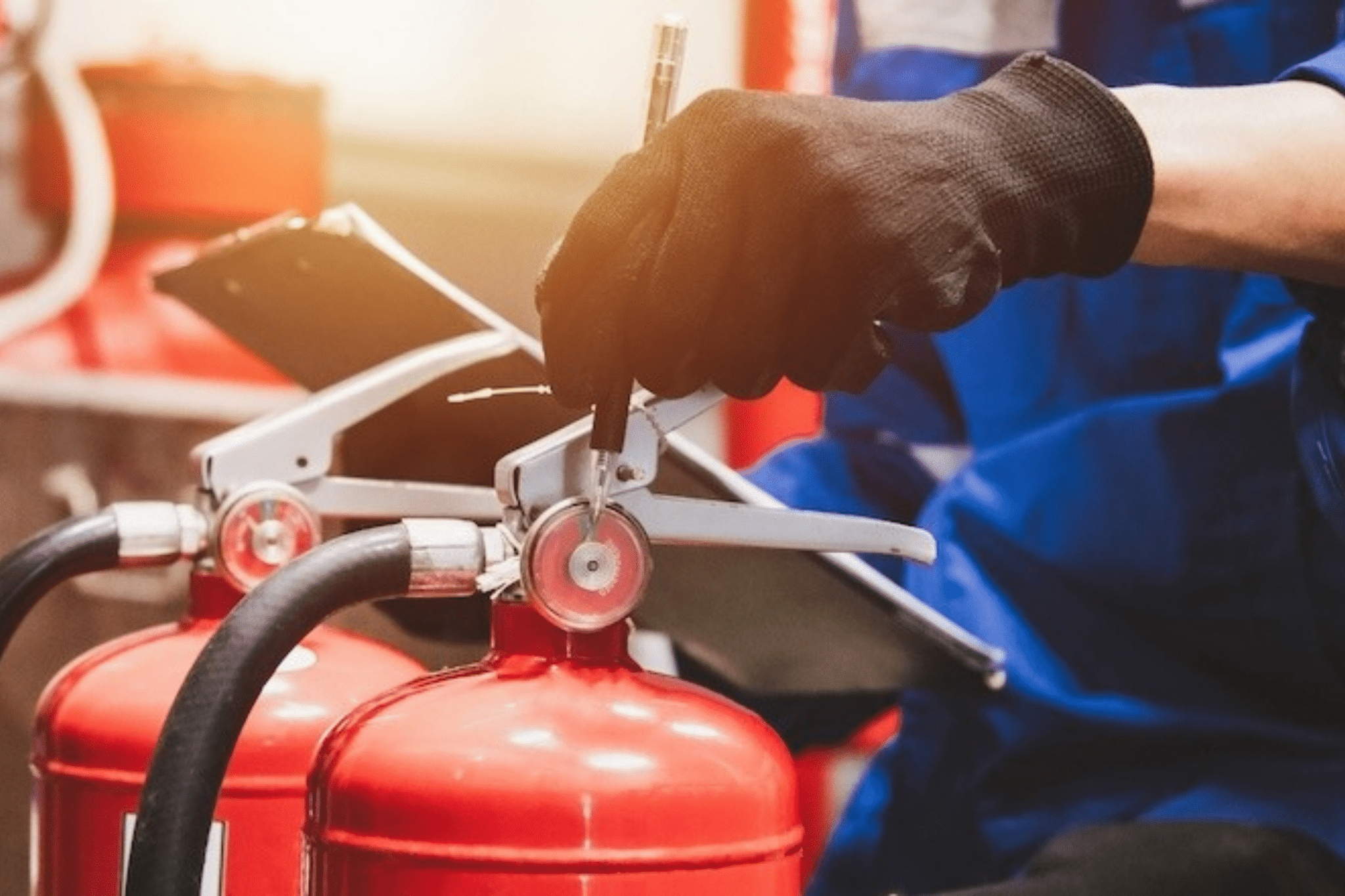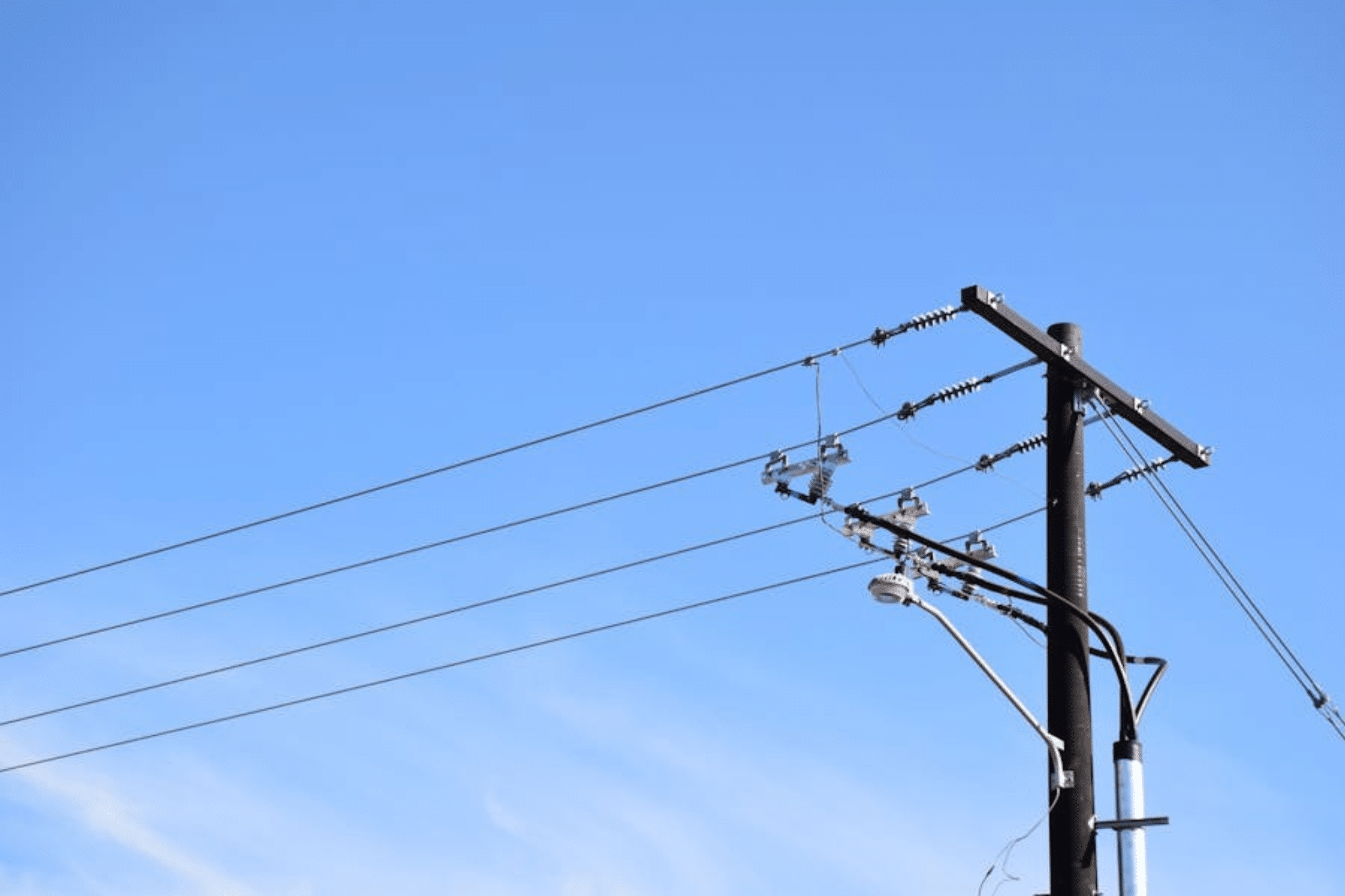What You Think You Know About Fire Sprinklers (and What’s Actually True)
Misinformation about fire sprinklers is everywhere: TV shows, movies, even word of mouth. Statements like “fire sprinklers do more damage than fire” are repeated so often that some people start to believe it’s true.
For facilities teams, this confusion can lead to hesitation, deferred upgrades, or missed maintenance that puts people and property at serious risk.
Here’s a clear, practical look at how sprinkler systems actually work and what that means for your building’s fire life safety strategy.
Myth #1: “All the sprinklers go off at once.”
False! In the vast majority of facilities (offices, retail, multifamily, and education), sprinkler heads activate individually based on heat at that specific location. That’s how a single head can stop a small fire from becoming a big one. In fact, in most building fires, one or two sprinkler heads are enough to control or extinguish the incident before it grows.
There are specialty “deluge” systems where all nozzles release water together, but those are designed for specific high-hazard industrial environments.
Common sprinkler system types:
- Wet systems (most common in conditioned spaces): Piping is filled with water and a head opens only where heat is present.
- Dry systems (common in parking garages, freezers): Piping is filled with pressurized air; when a head opens, air releases and a valve admits water. This way, water won’t freeze in pipes in outdoor or exposed areas.
- Pre-action systems (data centers, museums): Require a detection event plus head activation to release water. Adds extra protection against accidental discharge.
Accidental activations are rare and typically the result of physical damage (e.g., a forklift striking a head), not spontaneous operation.
Myth #2: “Smoke sets off sprinklers.”
Not true. Sprinklers respond to heat, not smoke. A heat-sensitive element (typically set around 155°F and 200°F or higher in some manufacturing settings) releases at a precise temperature. Detection devices may trigger alarms based on smoke, but they don’t open sprinkler heads in standard systems.
Myth #3: “All sprinkler systems are the same.”
False. Fire sprinkler systems are tailored to specific hazards, ceiling heights, water supply, ambient temperatures, and code requirements. From pipe schedule vs. hydraulically calculated systems to commodity classifications in storage, a well-designed system is purpose-built, not one-size-fits-all.
Myth #4: “Once installed, sprinklers don’t need maintenance.”
Not true. Ongoing inspection, testing, and maintenance is essential. Unmonitored or closed control valves, impaired water supplies, or missed inspections are common reasons fires get out of hand.
We’ve seen buildings suffer major losses because valves were shut and not supervised. Sprinklers are reliable, but neglected systems are not.
Myth #5: “Older sprinkler systems don’t need upgrades.”
Untrue. Codes evolve with new materials, construction methods, and risks. Many legacy systems are undersized by today’s standards or use components that are no longer compliant. In older systems, pipe corrosion poses a real risk of leaks and faulty systems.
Proactive upgrades can prevent costly last-minute replacements, support insurance requirements, and keep transactions moving when properties change hands. We’ve seen property sales fall through because fire sprinkler systems were outdated—don’t let that happen to your facility!
Myth #6: “Sprinklers cause more damage than fire.”
We hear this one a lot, but it’s simply untrue. Water damage from one or two operating heads is far less destructive than uncontrolled fire and smoke. Time and again, single-head activations in offices, corridors, and retail spaces have contained incidents to the area of origin, keeping occupants safe and businesses open.
Myth #7: “Sprinkler systems are too expensive.”
Reality: The cost of a system is modest compared to property loss, liability, and business interruption. Many owners also realize insurance benefits and improved asset value. Preventing a single serious fire can more than offset the investment.
Myth #8: “Sprinklers will ruin the aesthetic.”
False. Today’s options blend in with architecture. Concealed and flush heads, round or square cover plates, and factory-painted finishes can color-match your interiors.
Specialty heads (e.g., stainless steel in food-grade or clean environments) meet hygiene and durability needs. But a quick note: never DIY field-paint sprinkler heads or plates—this compromises performance and compliance! Let us know if you want to customize your system, and we’ll do it according to code.
Need Sprinkler System Maintenance or Installation?
Sciens installs, inspects, and services fire sprinkler systems across hospitality, healthcare, education, MDUs, and complex capital projects. We custom-design systems to your specific setting, whether that’s EV-ready parking structures or technology spaces where water release must be tightly controlled.
Ready to separate myth from reality in your building? Let’s evaluate your current protection, identify gaps, and tailor a code-compliant, future-ready sprinkler solution for your facility. Contact Sciens to find a local provider and get started today.




